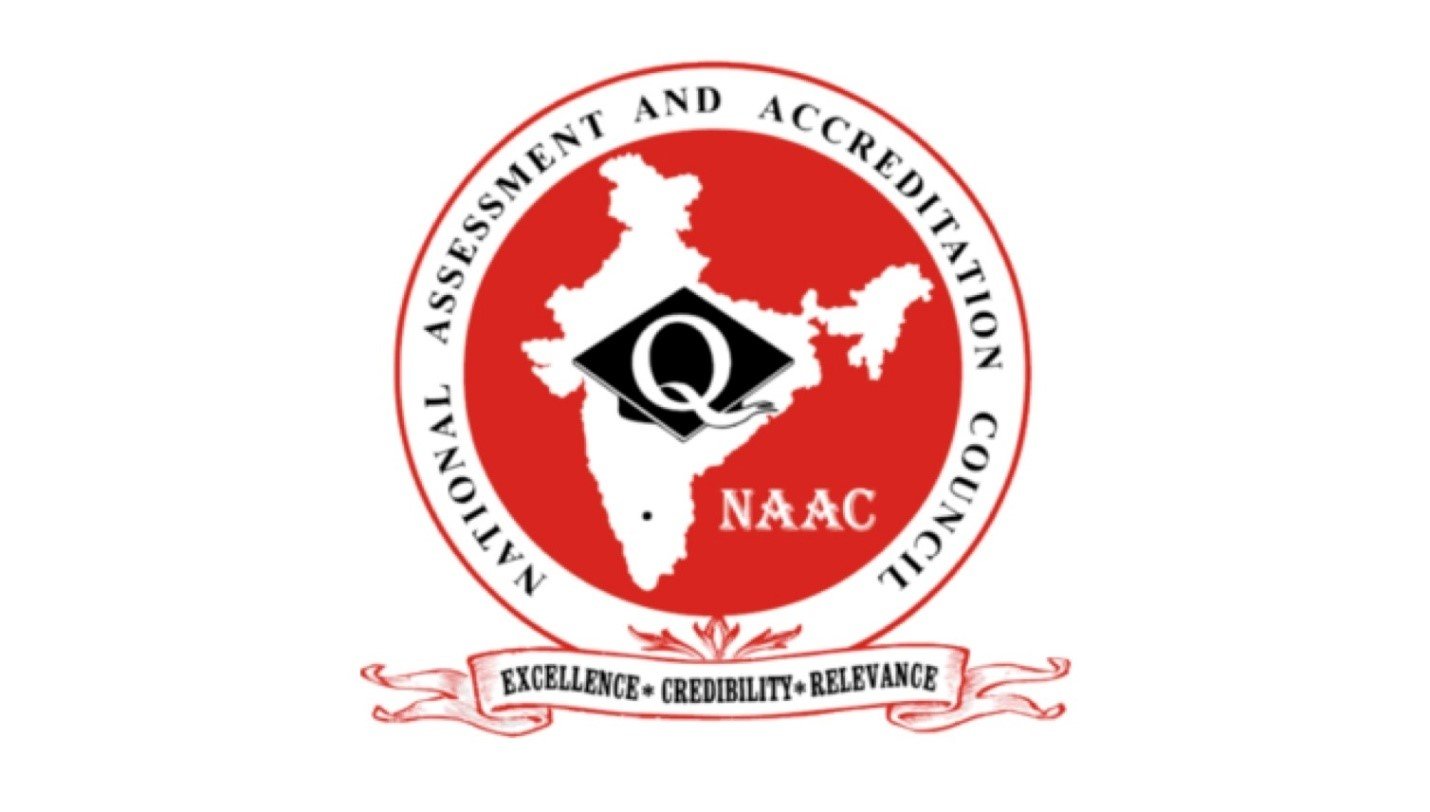A more simplified “accredited, awaiting accreditation and not accredited” system should replace the present eight-point grading system of the National Assessment and Accreditation Council (NAAC) for higher education institutions, a government panel has recommended.
The committee set up by Ministry of Education has also recommended to include all higher education institutions (HEIs), including IITs, and every programme in the newly proposed assessment and accreditation system, with due regard for their statutory dispensations.
The ministry had constituted the committee last year and it is headed by the chairperson of the standing committee of the IIT Council, Dr K Radhakrishnan.
The NAAC’s accreditation process has been under the scanner over serious allegations against its functioning and of malpractices in the grading process.
The draft report “Transformative Reforms for Strengthening Periodic Assessment and Accreditation of All Higher Educational Institutions in India” has suggested designing a ‘Unified Elicitation Tool’ to collect superset of data from HEIs for varied purposes with single-point data entry by institutions and provision for yearly updates for accreditation and assessment, and rankings.
The purposes to collect the superset of data include approval, accreditation, scoring and ranking.
Suggesting shifting out of the current input centric process during accreditation, the committee said “accredit with due consideration for inputs, processes, outcomes and impact across different attributes of HEI”.
It also suggested “significant penalty for wrong submissions” and ensuring “public disclosure of relevant data by HEIs, to enhance the overall process-credibility”.
The committee has taken cognisance that only 30 per cent HEIs in the country, including affiliated colleges, are currently accredited, thus “leaving a long way to go”.
“Under the current system of accreditation, the low level of willingness of HEIs to volunteer for this process continues to be a cause of concern,” it said.
“Plurality of all-encompassing information, much of which may not be completely applicable for diverse categories of HEIs, as well as the cumbersome and tiresome process are concerns on subjectivity in the processes, and inconsistencies between assessment by different agencies,” it said.
Picking up from the National Education Policy-2020’s Binary Accreditation (Accredited and Not Accredited), the committee said adapt binary accreditation where institutions will be categorised as “accredited”, “awaiting accreditation (on the threshold for accreditation)”, and “not accredited (far below the standards for accreditation)”.
The panel has further noted that “process of encouraging IITs to migrate from their internal peer review system to an appropriate national accreditation system, is on the anvil”.
Other proposals include reducing the periodicity for re-accreditation to three years and categorising HEIs into two groups based on orientation and vision, and heritage and legacy.
While suggesting inclusion of all HEIs and every programme in the newly proposed assessment and accreditation system, given the heterogeneity of HEIs in the country, the report proposed categorising them based on their “orientation/ vision and heritage/ legacy, and then seek information from the HEIs that are appropriate to their category (rather than a one-size-fits-all model in vogue currently)”.
Categorising them based on orientation and vision, HEIs are to be classified as multi-disciplinary education and research intensive, research intensive, teaching intensive, specialised streams, vocational and skill intensive, and community engagement and service, the report recommended.
Moreover, old and established institutions are to be placed under heritage criteria and new and upcoming HEIs as legacy institutions, it proposed.


